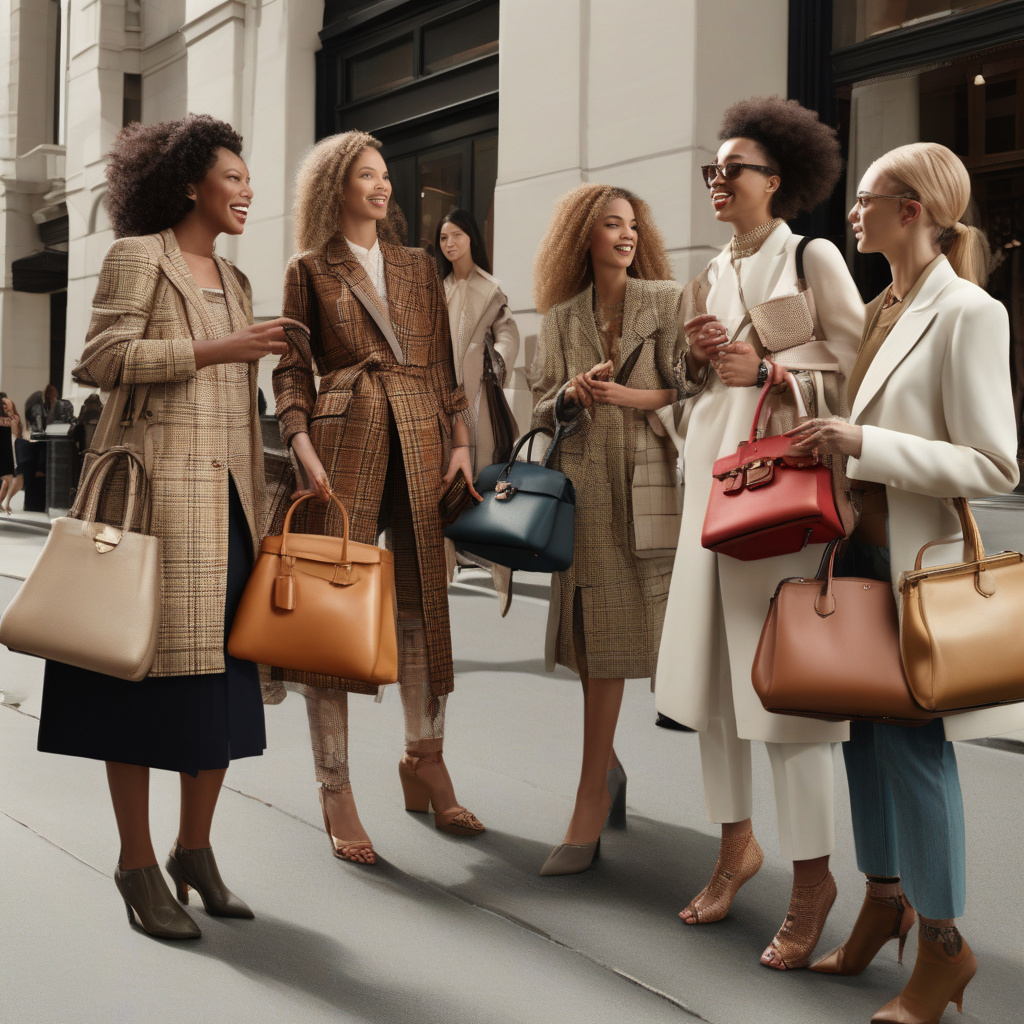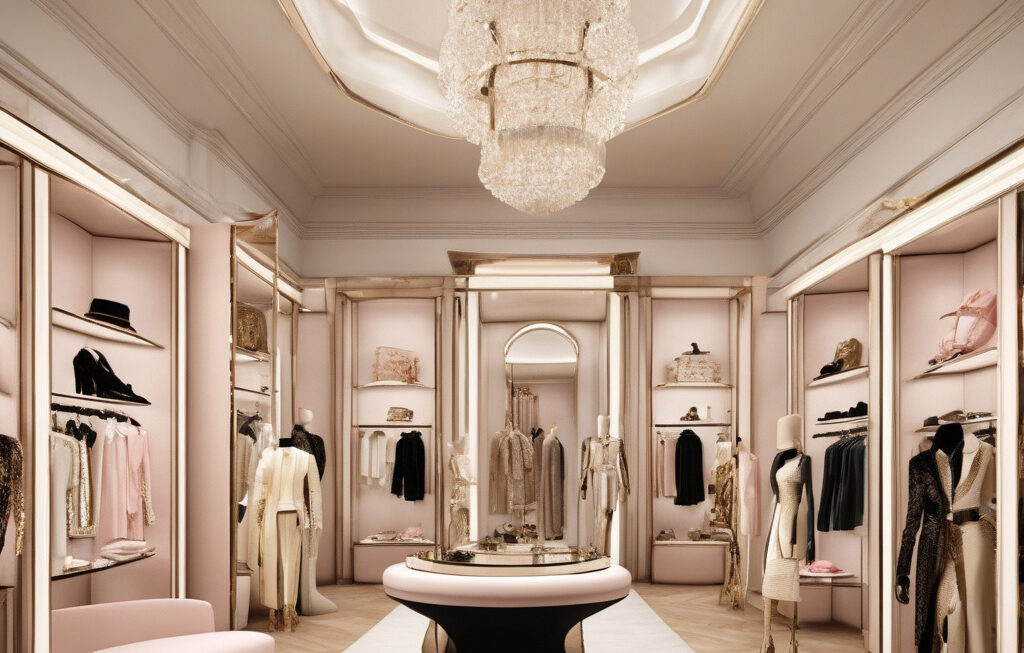The Rise of Handbag Collections: How New Entrants are Disrupting the Market
In the ever-evolving world of fashion, handbags have always held a special place. They are not just accessories; they are statements of style, sophistication, and status. For decades, luxury brands have dominated the handbag market, with iconic names like Louis Vuitton, Gucci, and Chanel setting the trends and commanding high price tags. However, in recent years, a shift has been observed in the industry as new players are entering the arena with their own handbag collections.
Luxury brands that once seemed untouchable are now stumbling, facing challenges like changing consumer preferences, economic uncertainties, and the rise of digital shopping. This has created an opportunity for emerging brands and designers to make their mark in the handbag market. From activewear brands like Alo Yoga to contemporary labels like Nili Lotan to fast-fashion retailers like Old Navy, everyone seems to be trying their hand at handbags.
But what is driving this sudden surge in handbag collections from non-traditional players? One of the key factors is the shift towards more casual and functional fashion. With the rise of athleisure and the increasing demand for versatile pieces that can seamlessly transition from day to night, consumers are looking for handbags that are not just stylish but also practical. Brands like Alo Yoga, known for their comfortable and performance-driven activewear, are leveraging their expertise in functional design to create handbags that cater to the needs of modern consumers.
Moreover, the democratization of fashion through social media and influencer marketing has made it easier for new brands to gain visibility and reach a wider audience. By collaborating with influencers and celebrities, brands like Nili Lotan are able to generate buzz around their handbag collections and attract attention from fashion-forward consumers who are looking for something unique and exclusive.
Additionally, the current economic climate has made consumers more conscious of their spending habits, leading them to seek out affordable alternatives to luxury handbags. This is where brands like Old Navy come in, offering stylish handbags at a fraction of the price of designer labels. By providing accessible luxury to the masses, these brands are able to tap into a larger market segment and compete with established players in the industry.
But with so many new entrants launching handbag collections, is there room in the market for all of them to succeed? The key to standing out in a crowded market lies in offering something different and meaningful to consumers. Whether it’s innovative design, sustainable practices, or a strong brand identity, brands that are able to differentiate themselves are more likely to capture the attention of consumers and carve out a niche for themselves in the competitive handbag market.
In conclusion, the rise of handbag collections from non-traditional players signals a shift in the fashion industry towards inclusivity, innovation, and affordability. As luxury brands continue to face challenges, new entrants are seizing the opportunity to offer consumers fresh and exciting options in the world of handbags. By understanding the needs and preferences of modern consumers, these brands are able to disrupt the market and redefine the future of handbag fashion.
#handbags, #fashionindustry, #luxurybrands, #newentrants, #consumerpreferences












